Back to Courses

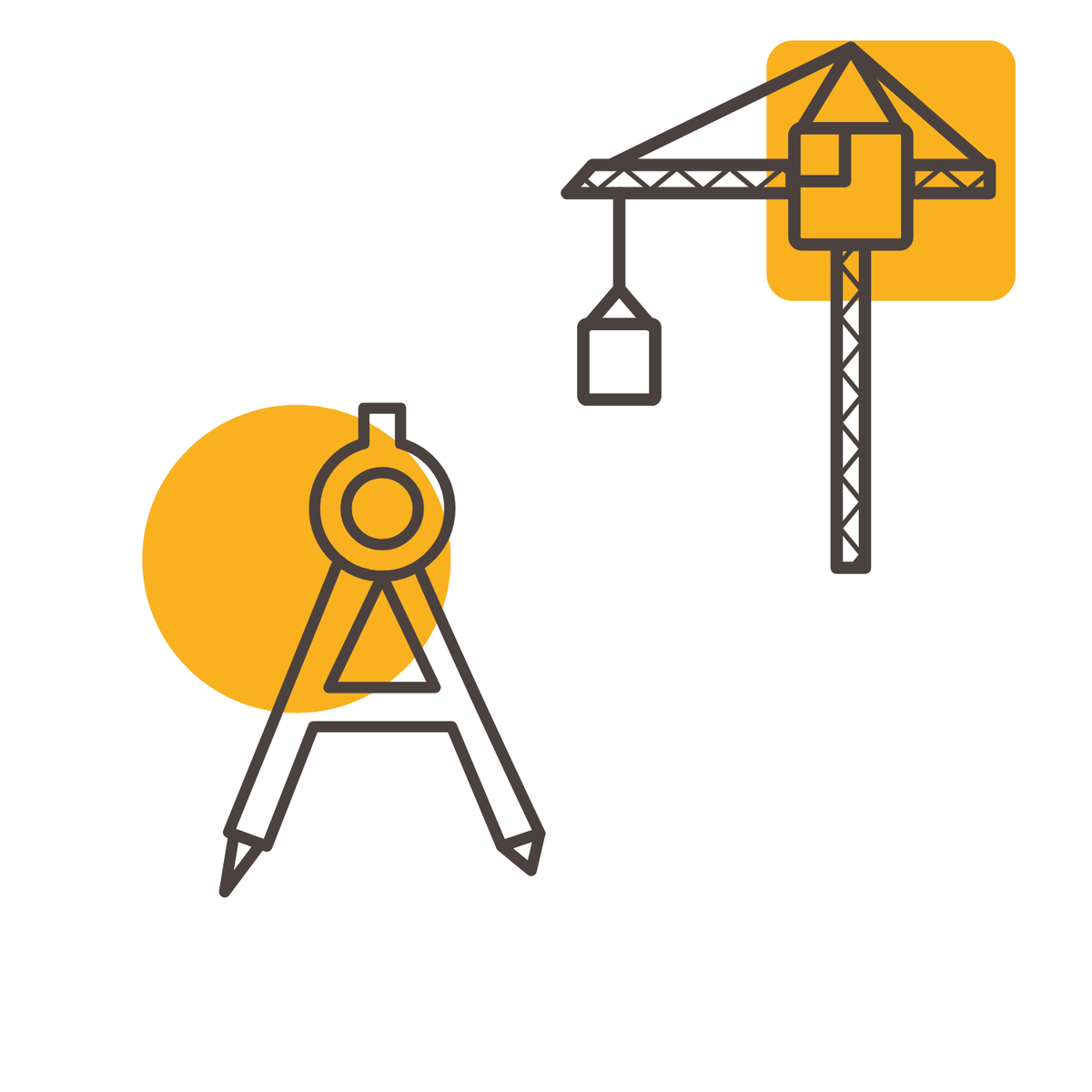

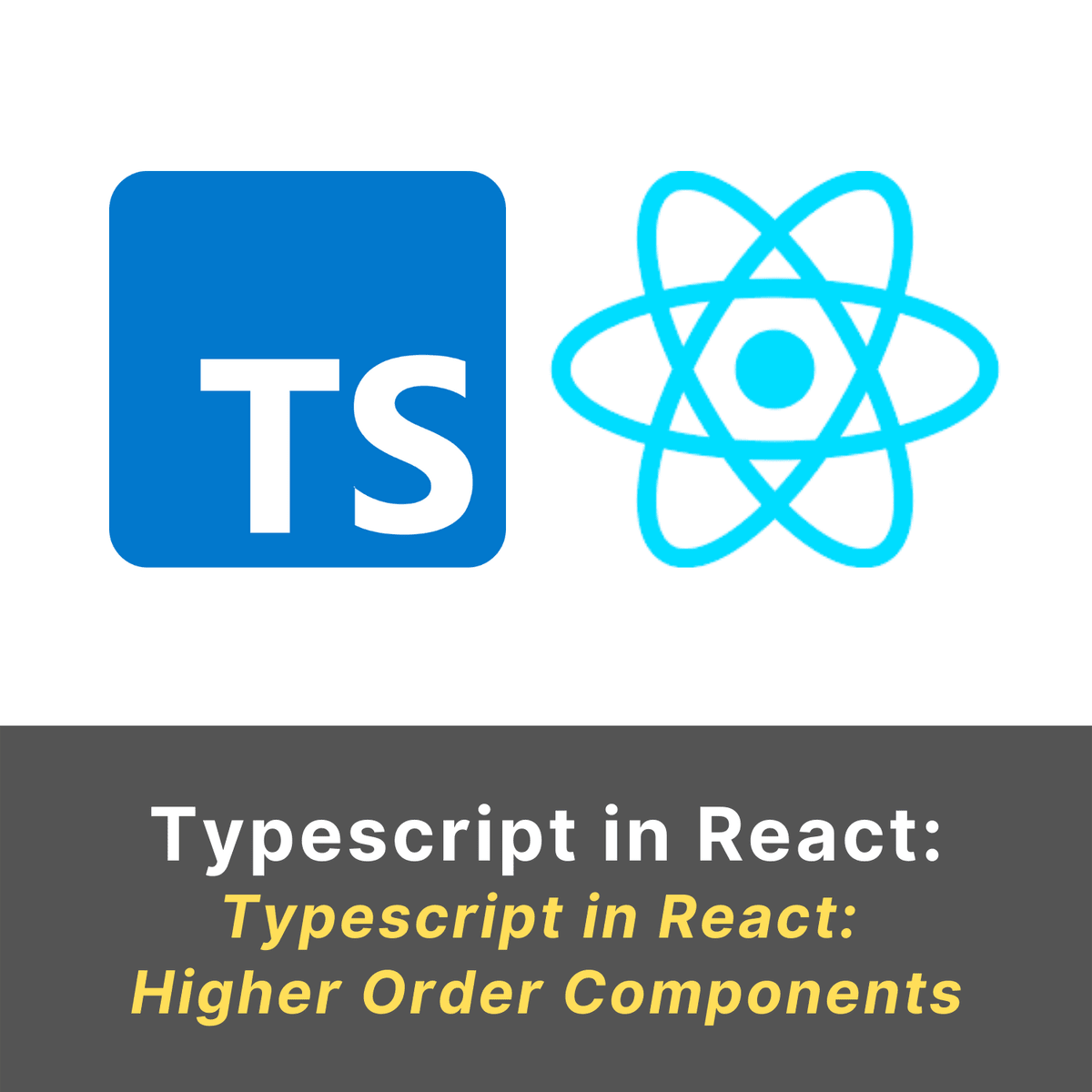
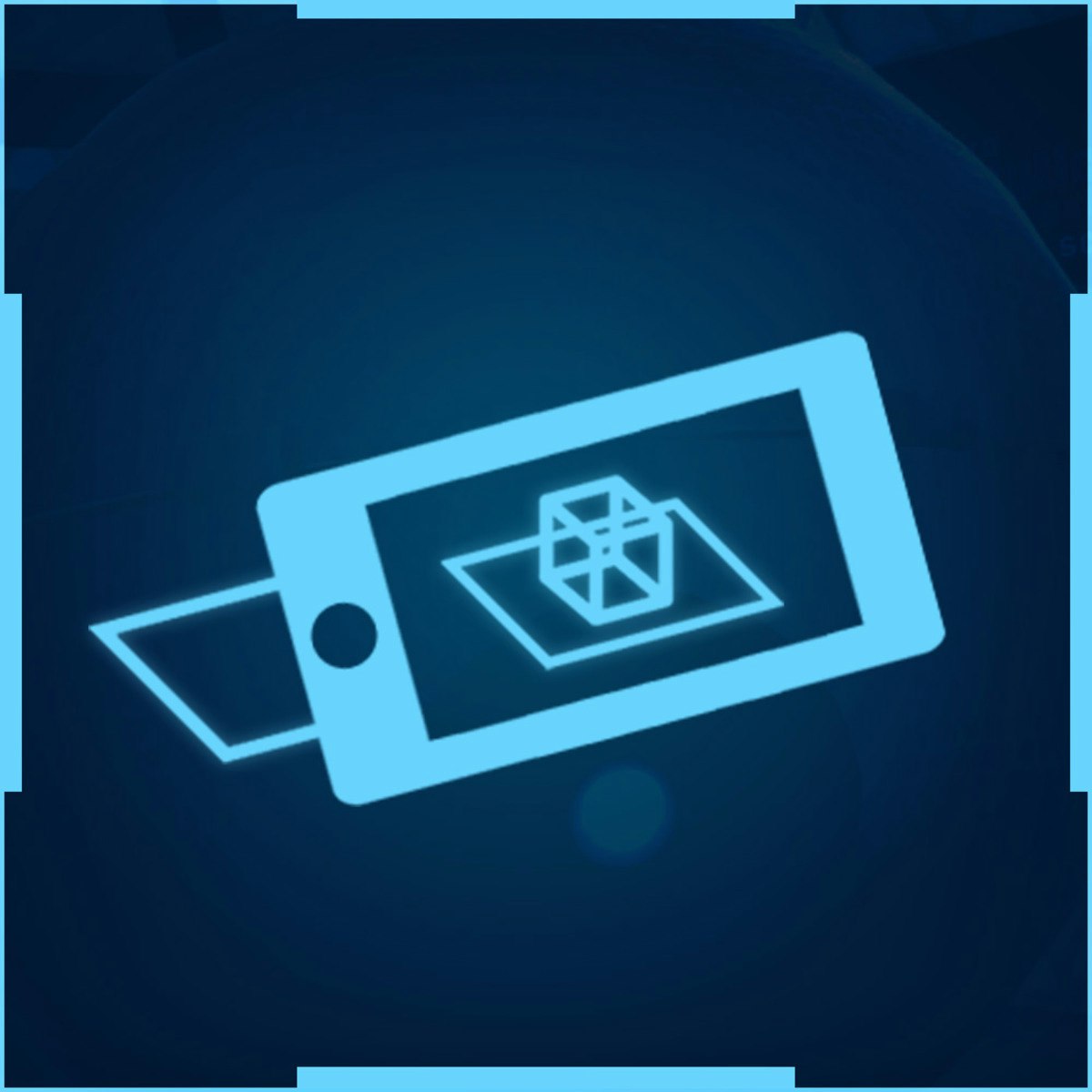
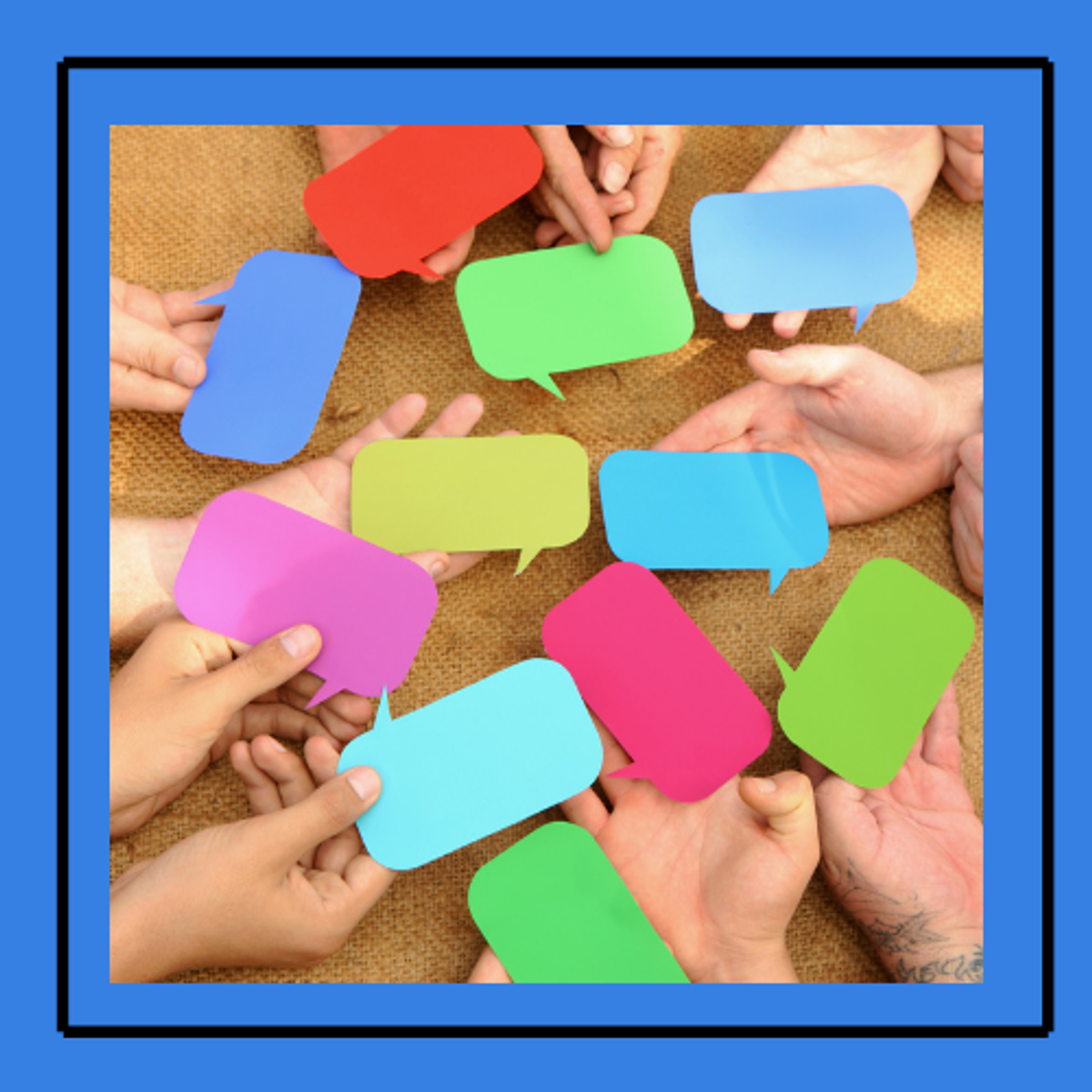

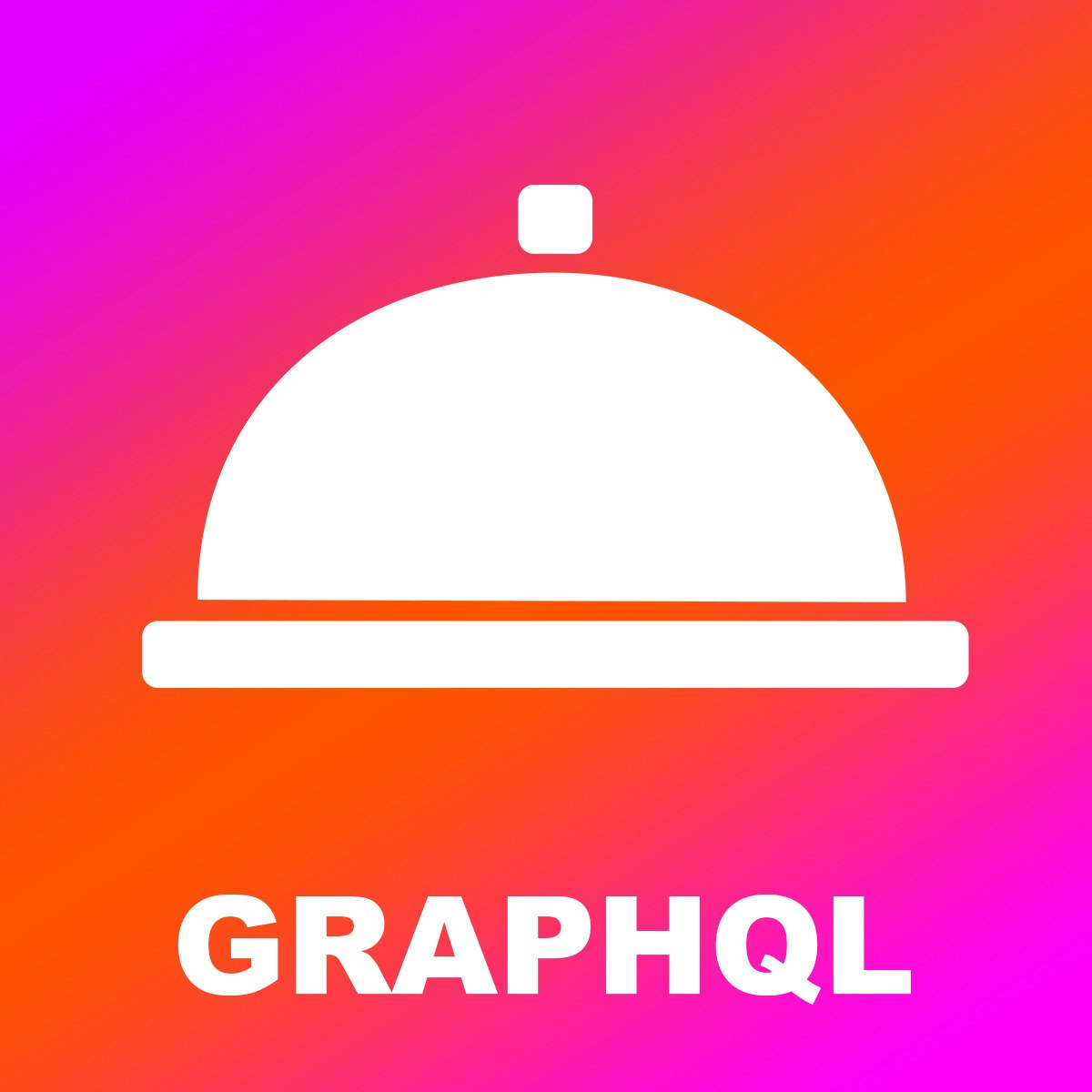
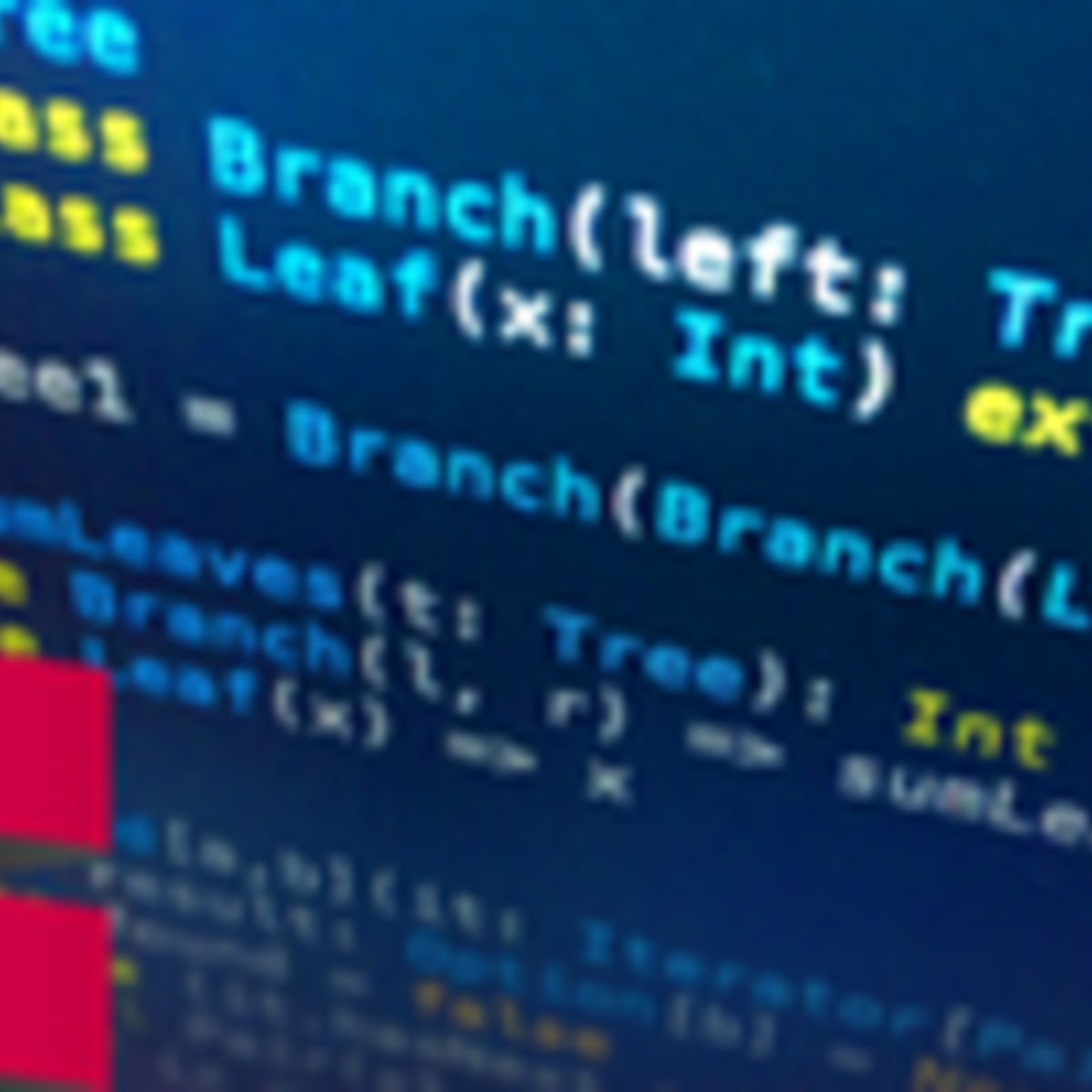
Software Development Courses - Page 64
Showing results 631-640 of 1266

Responding to Post-Intrusion Ransomware with Cortex XSOAR
This is a self-paced lab that takes place in the Google Cloud console.
Investigate a real world ransomware attack using Cortex XSOARs Post Intrusion Ransomware Investigation and Response Playbook.

Android Banking Application using SQLite
At the end of this project you are going learn how to use SQLite local database in Android. In This project through developing a Banking Application you are going to work with various query selections in SQLite. Also, we’re going to work with Insert and update methods during this project. in this project we will not cover basic android concepts such as Activities and XML files, Dialogs and listeners.

Building Test Automation Framework using Selenium and TestNG
Selenium is one of the most widely used functional UI automation testing tools and TestNG is a brilliant testing framework.
Test automation frameworks are a set of guidelines or rules for writing test cases.
They can reduce maintenance costs and testing efforts and will provide a higher return on investment (ROI) for teams looking to optimize their processes.
Testing guidelines include coding standards, test-data management, defining object repositories, reporting guidelines, and logging strategies.
Through hands-on, practical experience, you will go through concepts writing reusable and structure code which is easy to maintain and understand, creating helper classes or utilities, write effective testcases, and generating reports and logs.

Algorithms on Graphs
If you have ever used a navigation service to find optimal route and estimate time to destination, you've used algorithms on graphs. Graphs arise in various real-world situations as there are road networks, computer networks and, most recently, social networks! If you're looking for the fastest time to get to work, cheapest way to connect a set of computers into a network or efficient algorithm to automatically find communities and opinion leaders in Facebook, you're going to work with graphs and algorithms on graphs.
In this online course, you will first learn what a graph is and what are some of the most important properties. Then you'll learn several ways to traverse graphs and how you can do useful things while traversing the graph in some order. We will then talk about shortest paths algorithms — from the basic ones to those which open door for 1000000 times faster algorithms used in Google Maps and other navigational services. You will use these algorithms if you choose to work on our Fast Shortest Routes industrial capstone project. We will finish with minimum spanning trees which are used to plan road, telephone and computer networks and also find applications in clustering and approximate algorithms.

Typescript in React: Higher Order Components
By the end of this course you will be able to start working with higher order components in Typescript applications. We will start by focusing on the core higher order component concepts reinforced by code examples which start off simple to drill the concepts, and toward the end we gradually increase the complexity and variety of real world examples of higher order component logic utility in Typescript.
This course is aimed at developers who are familiar with React and Typescript, understand the basics well, and would like to have some more experience, especially using some of the more advanced and dynamic development patterns in React.
Handheld AR App Development with Unity
Augmented Reality, or AR, will transform how we see and interact with the world. And the hardware that makes AR possible is the smartphone that you may already have in your pocket. In this course, you'll learn how to develop your own mobile AR applications in Unity for iOS and Android devices. You'll learn about the features offered by Unity's AR Foundation, and about additional features in ARKit and ARCore.
Using the very latest techniques recommended by Unity engineers, you'll build a complete AR environment that you can continue to use after the course, while learning to apply best practices in user experience and interaction.
This is the last of three courses in Unity's XR Specialization, which includes an Introduction to XR course as well as a course focused on developing VR applications with Unity.
Note that, to complete this course, you will need a smartphone capable of running ARKit or ARCore. Compatible devices are listed in the links below:
https://developers.google.com/ar/discover/supported-devices
https://developer.apple.com/library/archive/documentation/DeviceInformation/Reference/iOSDeviceCompatibility/DeviceCompatibilityMatrix/DeviceCompatibilityMatrix.html
The course also assumes that you already have experience developing applications with Unity and that you are comfortable with basic C# programming. It will also be helpful if you are familiar with building other types of apps to run on mobile devices.

Build a Chat UI application using CSS3 Flexbox
This project will teach you how to design and build chat UI application using CSS3 Flexbox and you will explore some Flexbox playgrounds and will also see the differences between Flexbox and CSS Grid which can be helpful on to decide which layout to chose while building modern web layouts.
Note: This course works best for learners who are based in the North America region. We’re currently working on providing the same experience in other regions.

Interactive Computer Graphics
Computer graphics can be a powerful tool for supporting visual problem solving, and interactivity plays a central role in harnessing the users' creativity. This course will introduce various interactive tools developed in computer graphics research field with their design rationales and algorithms. Examples include enhancements to graphical user interfaces, authoring tools for 2D drawings and 3D animations, and interactive computer-aided design systems. Rich live demonstrations and course assignments will give you insights and skills to design and implement such tools for your own problems.

Make a GraphQL Server with ExpressJS
Make a GraphQL Server with ExpressJS
Functional Programming Principles in Scala (Scala 2 version)
Functional programming is becoming increasingly widespread in industry. This trend is driven by the adoption of Scala as the main programming language for many applications. Scala fuses functional and object-oriented programming in a practical package. It interoperates seamlessly with both Java and Javascript. Scala is the implementation language of many important frameworks, including Apache Spark, Kafka, and Akka. It provides the core infrastructure for sites such as Twitter, Tumblr and also Coursera.
In this course you will discover the elements of the functional programming style and learn how to apply them usefully in your daily programming tasks, such as modeling business domains or implementing business logic. You will also develop a solid foundation for reasoning about functional programs, by touching upon proofs of invariants and the tracing of execution symbolically.
The course is hands on; most units introduce short programs that serve as illustrations of important concepts and invite you to play with them, modifying and improving them. The course is complemented by a series programming projects as homework assignments.
Recommended background: You should have at least one year programming experience. Proficiency with Java or C# is ideal, but experience with other languages such as C/C++, Python, Javascript or Ruby is also sufficient. You should have some familiarity using the command line.
Popular Internships and Jobs by Categories
Browse
© 2024 BoostGrad | All rights reserved


